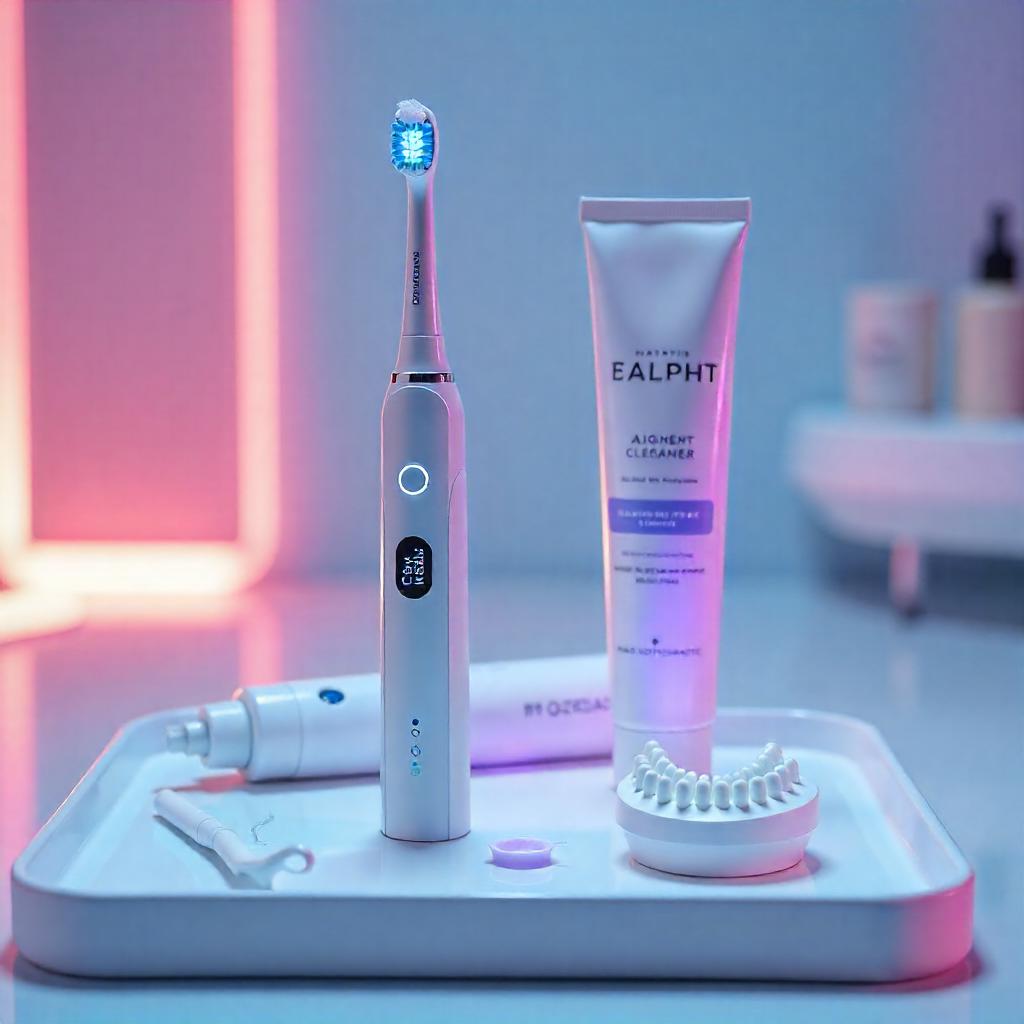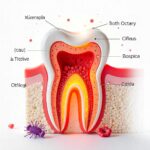Tooth decay is one of the most prevalent oral health issues worldwide, affecting individuals of all ages. Maintaining proper dental hygiene is not just about having a bright smile—it is essential for preventing decay, safeguarding general health, and avoiding costly dental treatments. This blog explores the causes of tooth decay, strategies for prevention, and the latest advancements in dental hygiene technology.
What Causes Tooth Decay?
Tooth decay occurs when bacteria in the mouth produce acid that eats away at the enamel—the protective outer layer of the teeth. Over time, this damage progresses into cavities and can result in more severe issues, such as tooth loss or infections. Key factors contributing to decay include:
- Poor Oral Hygiene
Irregular or ineffective brushing and flossing can allow plaque—a sticky film of bacteria—to accumulate on the teeth.
- Diet High in Sugars and Carbohydrates
Consuming sugary foods and beverages provides fuel for bacteria, accelerating the breakdown of enamel.
- Lack of Fluoride
Fluoride strengthens enamel and makes it more resistant to acid attacks. A shortage of this mineral in daily dental care increases susceptibility to decay.
- Dry Mouth
Saliva helps neutralize acids and wash away food particles. Reduced saliva production, often caused by medical conditions or certain medications, raises the risk of decay.
- Genetics
Some individuals are more prone to decay due to hereditary factors, including the composition of their dental structure and saliva.

How to Prevent Tooth Decay
The good news is that tooth decay is preventable with the right habits and care. Here are essential strategies to keep your teeth healthy:
1. Brush Effectively Twice Daily
Use a fluoride toothpaste to brush your teeth for two minutes in the morning and before bedtime. Make sure to cover all surfaces, including the back teeth, where decay often starts.
2. Floss Regularly
Flossing removes plaque and food particles from between teeth, areas your toothbrush cannot reach. Consider using a water flosser if traditional flossing is uncomfortable.
3. Rinse with an Antibacterial Mouthwash
Antimicrobial rinses reduce bacteria in the mouth, lowering the risk of cavities and gum disease. Look for a mouthwash with fluoride to provide additional enamel protection.
4. Limit Sugary and Acidic Foods
Reduce intake of candies, soda, and other sugar-rich foods. When consuming them, rinse your mouth with water immediately afterward to dilute the acids.
5. Chew Sugar-Free Gum
Chewing gum stimulates saliva production, which aids in neutralizing acids and clearing debris from the mouth.
6. Visit Your Dentist Regularly
Schedule dental check-ups and cleanings at least twice a year. Regular visits allow early detection and treatment of issues before they escalate.
Latest Advances in Dental Hygiene Technology
Technological advancements are transforming how we manage tooth decay and maintain dental hygiene. Here are some cutting-edge innovations enhancing oral health care:
1. Smart Toothbrushes
Electric toothbrushes equipped with sensors and AI capabilities track brushing patterns and provide real-time feedback. Apps affiliated with these devices help users improve their techniques for more thorough cleaning.
2. Customized Oral Care Products
3D printing technology now allows for the development of personalized dental products, such as custom-fit floss holders and bite guards, offering a more tailored approach to oral care.
3. Fluoride Alternatives
Research is creating fluoride-free products, such as nano-hydroxyapatite toothpaste, which mimic the mineral composition of enamel while providing effective cavity protection.
4. Laser Cavity Detection
New dental tools use lasers to identify cavities earlier and more accurately than traditional exams, enabling minimally invasive treatments.
5. Probiotics for Oral Health
Probiotic oral care products introduce good bacteria to counter harmful strains responsible for decay and gum disease. Toothpaste and lozenges containing probiotics are emerging as a preventative strategy.
How to Manage Early Signs of Tooth Decay
Early intervention is critical to stopping decay before it progresses. Here’s what to do if you notice signs such as white spots, tooth sensitivity, or discomfort while eating:
- Increase Fluoride Use
Apply fluoride gels or use fluoride mouthwash to help remineralize small areas of weakened enamel.
- Adopt More Stringent Hygiene Habits
Improve brushing and flossing techniques to eliminate plaque buildup in affected areas.
- Consider Dental Sealants
A dentist can apply a protective coating to vulnerable teeth, especially molars, to prevent further decay.

The Role of Diet in Long-Term Dental Health
A balanced diet supports not only overall health but also strong teeth and gums. Nutrients essential for dental health include:
- Calcium and Vitamin D
These nutrients strengthen bones and teeth while supporting gum health. Include foods like dairy products, leafy greens, and fortified milk alternatives in your diet.
- Phosphorus
Found in nuts, eggs, and fish, phosphorus works with calcium to rebuild enamel and keep teeth strong.
- Vitamin C
Essential for maintaining healthy gums, vitamin C can be sourced from citrus fruits, peppers, and strawberries.
Why Dental Hygiene Is Vital for Overall Health
The connection between dental health and overall well-being cannot be overstated. Poor oral hygiene has been linked to systemic conditions, including heart disease, diabetes, and respiratory infections. Maintaining healthy teeth and gums is integral to reducing these risks and promoting longevity.
Final Thoughts
Tooth decay is a preventable condition, and advancements in dental hygiene technology make it easier than ever to protect your smile. By adopting consistent habits, utilizing modern tools, and seeking professional care, you can maintain optimal dental health for life. Make dental hygiene a priority, and your teeth—and overall health—will thank you.


